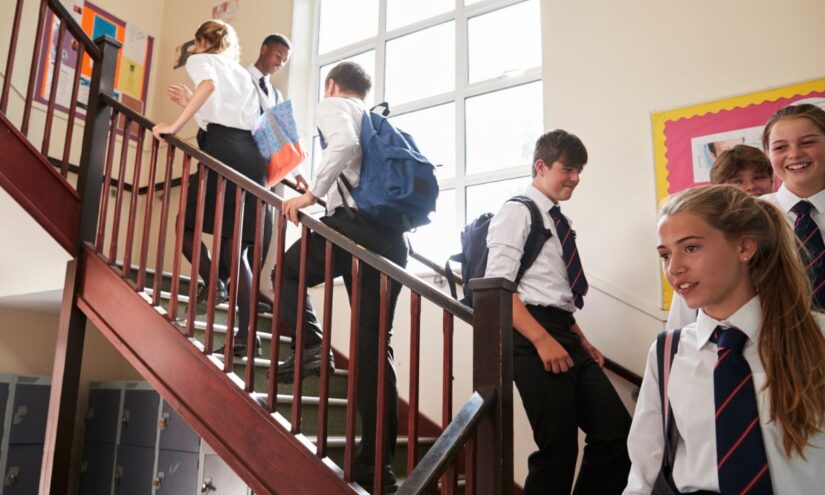During this summer, a team of students from MIT embarked on a journey to the sou …
South Carolina Students to Receive K-12 Vouchers, with Only 3000 Selected
Jennifer Livingstone

The state Department of Education disclosed on Wednesday that 2,880 K-12 students will receive taxpayer-funded scholarships for the 2024-25 academic year. Nearly half of the available slots may remain unused for the program’s inaugural year.
Out of the total of 7,907 students whose parents applied by the March deadline, 64% were denied scholarships. Reasons for rejection mainly included late submissions or incomplete applications.
Eligibility in the program’s first year required students to qualify for Medicaid. Approximately 10% of applications were turned down due to high parental income levels.
The legislation establishing the private school choice initiative allocated $6,000 scholarships for a maximum of 5,000 students for the upcoming year, distributed on a first-come, first-served basis to all eligible parents.
In March, Republican lawmakers in the House highlighted the high number of applicants as a basis for expanding the program prematurely. However, the final figures indicate such a move was unnecessary, as the Senate did not take up the bill.
Allocation and Potential Adjustments
Both the House and Senate budgeted $30 million for the fiscal year starting July 1, assuming full uptake of the 5,000 available slots. A consensus on the budget plans is pending, with the same funding level maintained in both versions.
The 2,880 approved students will utilize less than 60% of the allocated funds.
All scholarship decisions had to be finalized by mid-April, as mandated by law, 30 days after the application deadline.
Although the agency suggests the possibility of slightly increasing approvals by correcting errors or errata, the data currently indicates no pending applications.
There is a proposal from lawmakers to extend the application deadline in the budget framework, allowing continued acceptance and awards beyond the specified date.
Parents notified of approval can access their $6,000 scholarships in July through an online platform to direct funds to approved education service providers, predominantly private schools and tutors.
Reactions from Supporters and Critics
Advocates pointing to the 7,907 applications view the denied scholarships as a transitional phase, expecting less rejection in subsequent years as the process matures, eligibility criteria expand, and applicants become more familiar with it.
The Palmetto Promise Institute, a longstanding proponent of school choice, remains undeterred by the rejected applications, emphasizing South Carolinians’ desire for educational flexibility.
Critics highlight the department’s approval of less than 40% of applicants, questioning the credibility of the high demand cited, especially among economically disadvantaged families eligible for the initial phase.
Education Chairwoman Shannon Erickson attributed the high denial rate to potential misunderstandings or late awareness of the application timeline, proposing IT assistance enhancements to streamline the process.
Erickson’s budget clause suggestion aims to fill the remaining slots to maximize the $30 million program allocation, with the Palmetto Promise Institute applauding the effort to ensure financial support reaches students.
Eligibility Criteria and Denial Factors
The program’s current eligibility criteria for the forthcoming academic year are limited to families earning up to 200% of the federal poverty level, equivalent to $62,400 for a family of four.
Students must be either enrolled in a public school or commencing kindergarten, with kindergarten initiates representing 20% of approved students.
Future iterations of the law are set to broaden income and participation thresholds, eventually allowing up to 15,000 students from families earning up to 400% of the poverty level by the 2026-2027 school year.
Proposed amendments including universal school choice have faced criticism, with a fraction of denials attributed to excess parental income levels and age-related ineligibility.
Advocates and critics debate the program’s potential impact on disadvantaged families, with varying opinions on the necessity and efficacy of expanding such educational initiatives.
Editor’s note: The correction regarding the percentage of applications denied due to deadlines has been reflected as 79%.

